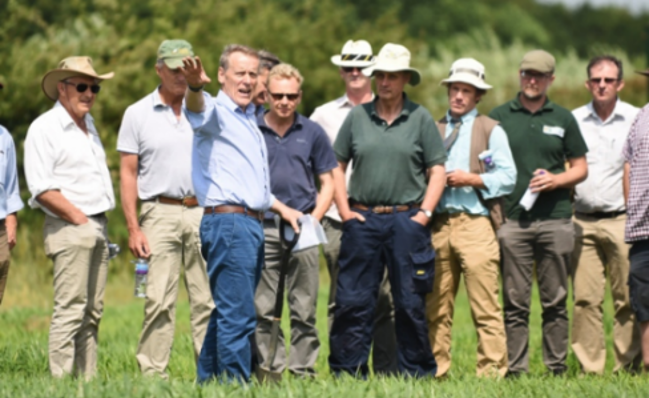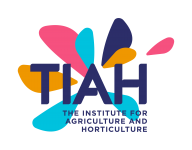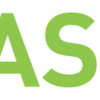Professional development is an important part of a career journey - an opportunity for continuous learning, a way to stay up-to-date and to demonstrate relevance and expertise.
Professional development activities can be completed in a number of different ways, from attending a training course, an event or a meeting to taking part in a webinar, listening to a podcast, reading an industry magazine or being a professional member of an organisation.
Those on the BASIS Professional Register, FACTS Qualifed Advisers, RoSA sheep advisers and those on the Environmental Advisers Register are all required to collect a certain number of CPD (continuous professional development) points on an annual basis to demonstrate their commitment to enhancing knowledge and skills. For more information, please visit: https://basis-reg.co.uk/schemes.




